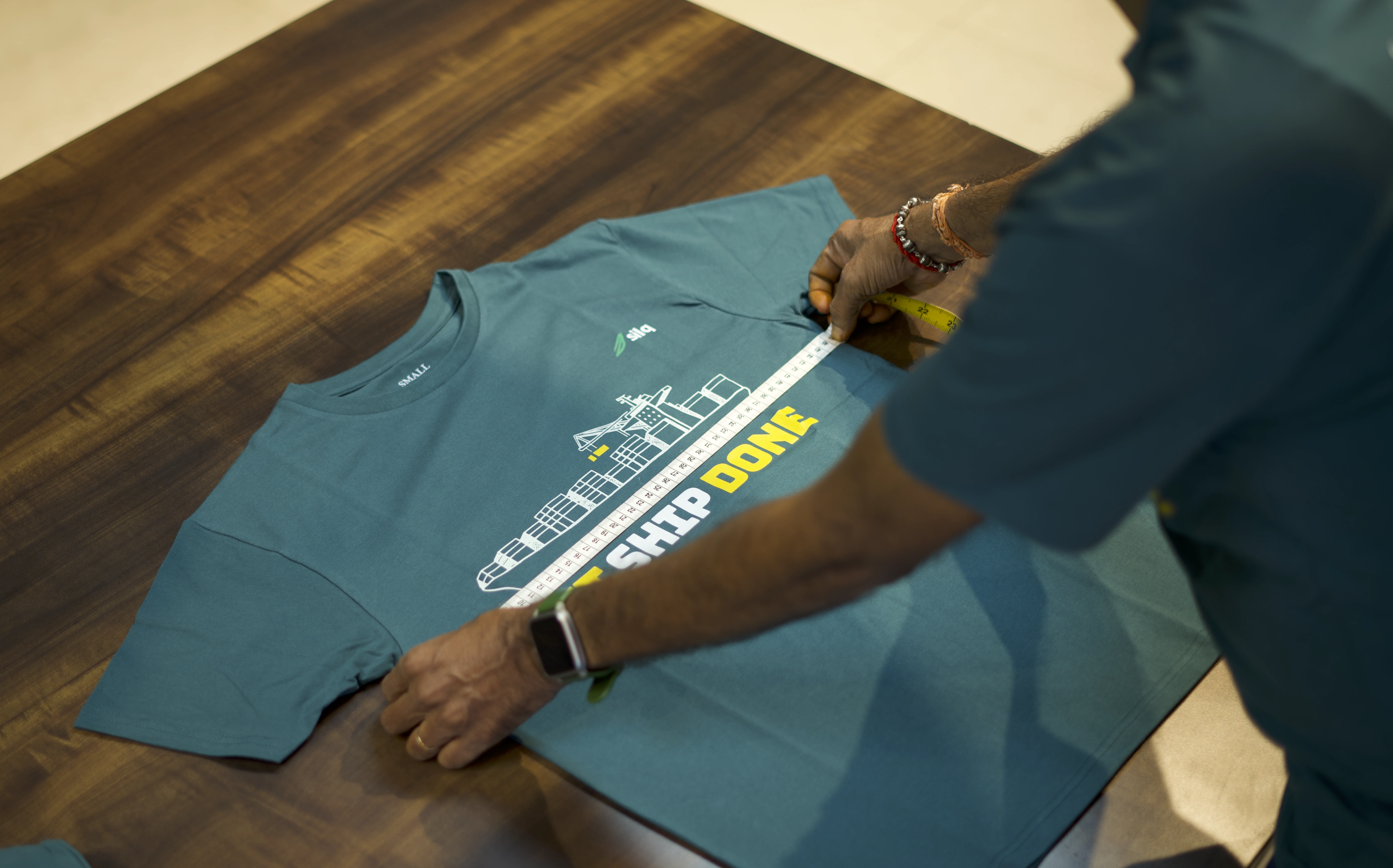Quality Control in India | A Strategic Advantage for Apparel and Home Goods Brands

When it comes to sourcing high-end apparel and home goods, India has become an indispensable part of the global supply chain. But with great opportunity comes a complex challenge: maintaining consistent product quality across a fragmented and diverse manufacturing ecosystem.
For logistics professionals, product development managers, and sourcing leaders, understanding how quality control in India operates—and how to optimize it—is the difference between delighting end customers and suffering from costly returns, reputational damage, and regulatory issues.
Why India’s Manufacturing Strength Is Also a QC Challenge
India is home to centuries-old craftsmanship in textiles, woodwork, ceramics, and more. Major export hubs like New Delhi, Chennai, Tirupur, and Jaipur offer unmatched value in fashion and home goods production. With initiatives like Make in India and growing demand from global markets, the country is booming as a sourcing destination.
However, this vibrant ecosystem has its quirks:
- Supplier fragmentation
- Inconsistent quality standards
- Varying levels of process documentation
- Language and communication barriers
The result? Even large brands can face inconsistencies unless a strong quality control and quality assurance system is implemented.
Understanding the Quality Landscape in India
The Government of India has ramped up quality initiatives across multiple sectors to improve product quality and build trust in Indian exports. Some key frameworks include:
- Quality Control Orders (QCOs): Mandated standards issued by the Ministry of Commerce and Industry and enforced by the Bureau of Indian Standards (BIS). These QCOs apply to select products and ensure minimum safety and performance benchmarks.
- Quality Council of India (QCI): An autonomous body that promotes conformity assessment, accreditation, and capacity building through initiatives like the India National Accreditation Board for Certification Bodies (NABCB).
- ISO standards: While ISO certification is voluntary, it's widely adopted by reputable Indian manufacturers to signal alignment with international quality standards.
- Industry associations like FICCI are pushing for better alignment of Indian-made goods with retailers' expectations overseas.
What Does Effective Quality Control in India Look Like?
1. Supplier Audits and Factory Vetting
Before production even begins, conduct comprehensive supplier audits. These should evaluate:
- Compliance with applicable QCOs
- Workforce and labor practices
- Materials sourcing and storage
- Equipment capability
- Management system and documentation culture
An on-site audit helps set the tone for accountability and ensures alignment with your expectations.
2. Pre-Production and Pre-Shipment Inspections
Once production is underway, inspections become non-negotiable. The two most impactful types are:
- Pre-production inspections – Verify materials, patterns, and processes before mass production begins.
- Pre-shipment inspections – Conducted when 80-100% of the order is packed and ready. These inspections validate product specs, packaging, labeling, and defect rates.
Using third-party inspection services or partnering with local quality control agencies can ensure unbiased assessments—especially for on-site evaluations in remote locations.
3. Real-Time QC Reporting and Corrective Action
Modern quality control services offer digital platforms where issues are flagged in real time, often with photographic evidence. This allows supply chain teams to:
- Address problems early
- Implement quality assurance measures in subsequent batches
- Avoid bottlenecks at the port or retailer level
India vs. Other Sourcing Hubs: What Sets It Apart?
While countries like China offer scale and speed, India offers craftsmanship, material diversity, and lower tariffs on select categories under bilateral trade agreements. But India's decentralized sourcing model makes quality control more relationship-driven and nuanced. In India, on-ground presence matters. Building rapport with suppliers, offering training, and reinforcing expectations all contribute to achieving high-quality output. It’s not just about spotting defects; it’s about capacity building: a philosophy embedded in India’s evolving quality management culture.
Institutional Support for Quality: What Brands Should Know
Brands sourcing from India should be aware of the national efforts to uplift manufacturing standards:
- BIS Certification is increasingly being pushed as mandatory across product categories to meet domestic and export standards.
- The QCI, in collaboration with international bodies, runs awareness programs on consumer safety, accreditation, and best practices for conformity.
- Cities like New Delhi and Kolkata are becoming regional hubs for quality certification, making it easier for importers to meet destination market regulations.
Leveraging India’s QC Ecosystem for Global Supply Chain Success
The rise of India's export economy is tied to its ability to deliver consistent, high-quality goods. Brands that invest in structured inspection services, frequent supplier engagement, and alignment with international quality standards will outperform those treating QC as a checkbox exercise. Organizations that work closely with Indian stakeholders: manufacturers, government bodies, industry associations, and QC partners—are better positioned to build resilient supply chains.
Quality control in India is no longer a reactive cost; it’s a proactive differentiator. With the right partnerships and strategic oversight, brands can turn India’s sourcing strengths into long-term supply chain advantages. As the Quality Council of India and Bureau of Indian Standards continue to align domestic manufacturing with global benchmarks, now is the time to get serious about your brand’s quality protocols in the Indian market.
No, it's generally voluntary. BIS certification is typically required for products sold within India under QCOs, not for exports. Export requirements depend on the destination country.
Quality Control Orders are government mandates that require certain products to meet Indian safety and quality standards before export.
New Delhi, Kolkata, Mumbai, Tirupur, and Bangalore are major hubs for inspection services.
Use third-party inspections, factory audits, and enforce consistent quality control systems across factories.
India’s decentralized supply base requires more oversight, but offers strength in craftsmanship and compliance flexibility with the right partner.
Ready for Supply Chain Predictability?
Importers using Silq ship smarter, safer, and with total control.







